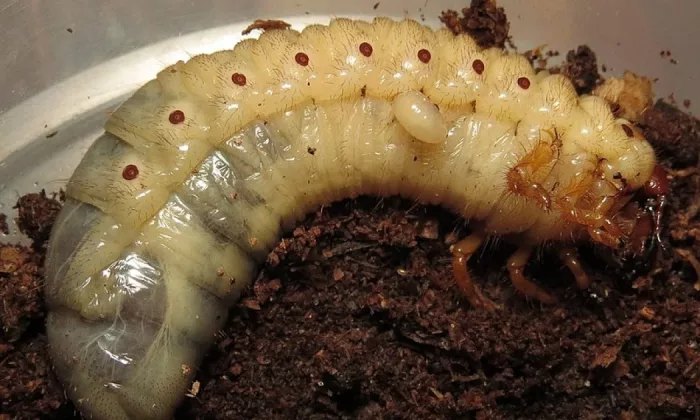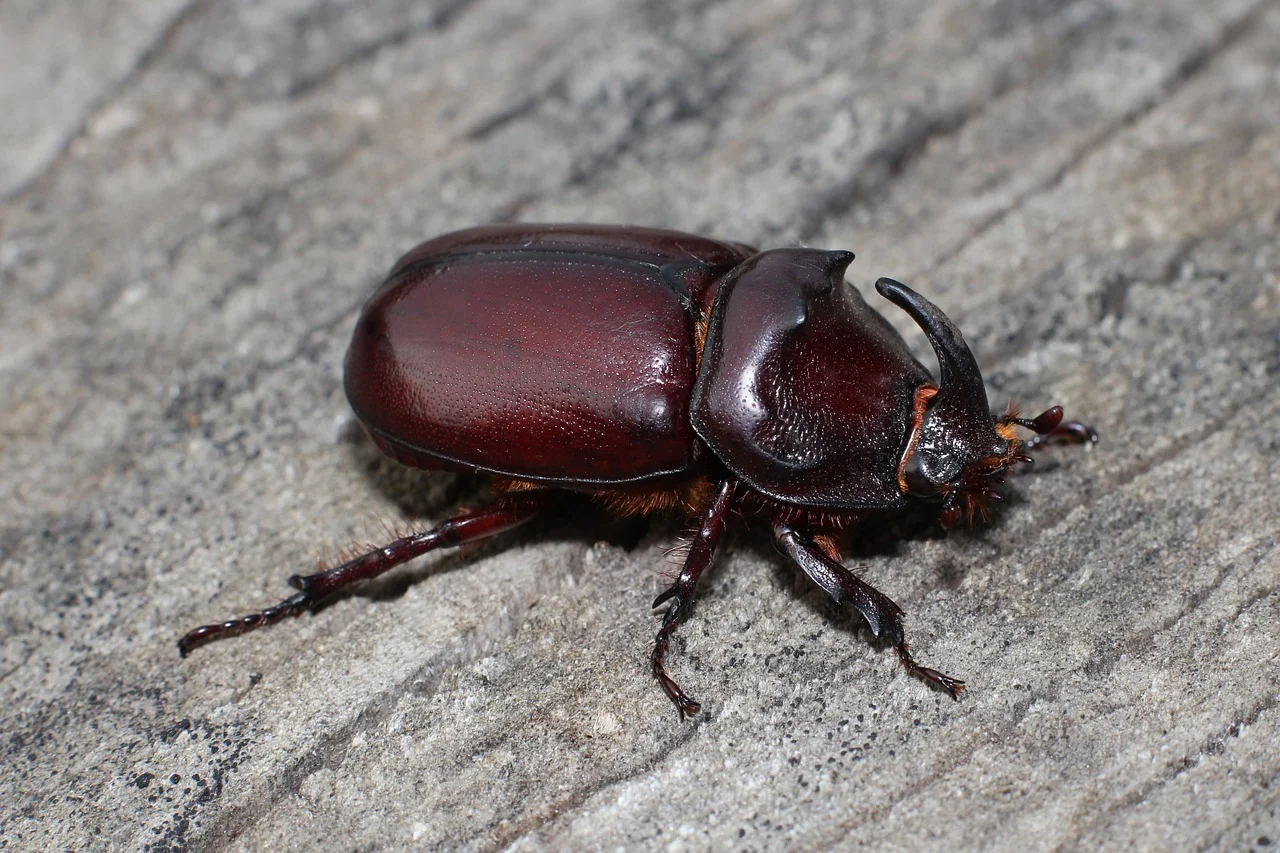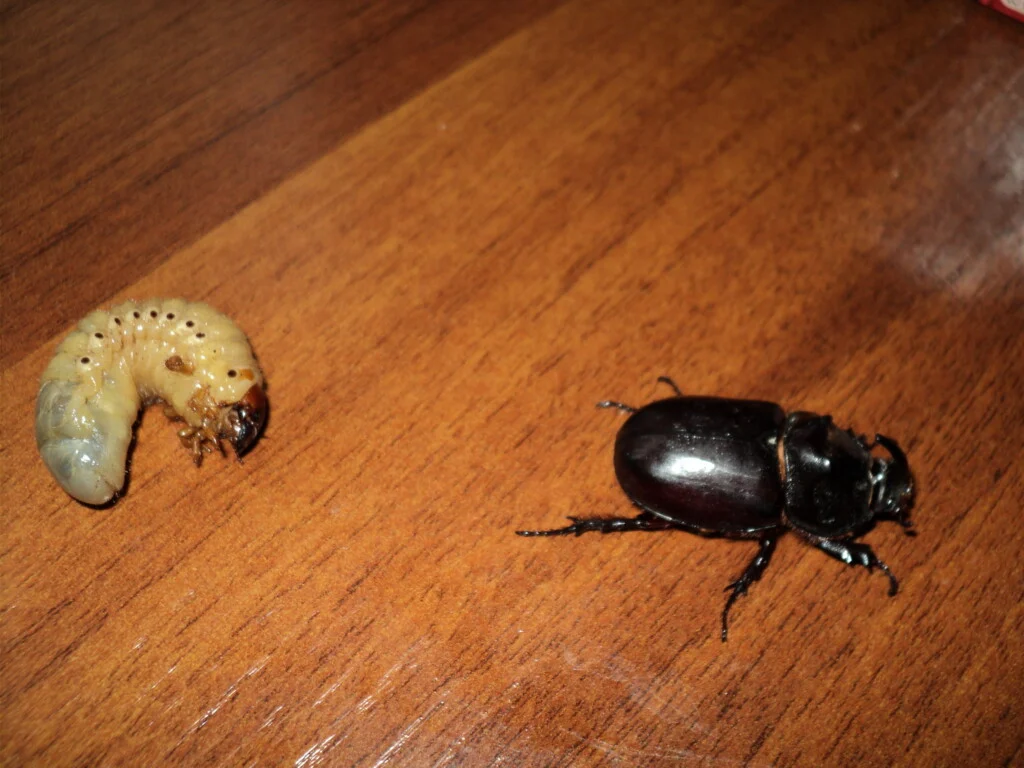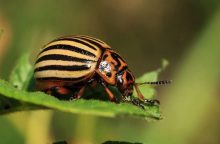Mysterious larvae that destroy wooden plants

Have you found large white to yellowish larvae in your compost and you have no idea what they are? Well, this is rather common because larvae of the European rhinoceros beetle (Oryctes nasicornis) are nothing special. Yes, at first glance it is not exactly an attractive sight, but you should not be afraid of them at all. Well, you do not need to be afraid but your woody plants should. Try slightly poking the larva and you will see that it will drill into the soil and hide very quickly. So, how these larvae develop and what kind of creature is the European rhinoceros beetle? We shall tell you in the following lines.
Remarkable multi-year development of the European rhinoceros beetle
How does the rhinoceros beetle develop? The female lays eggs in a specific soil that contains a lot of nutrients. Usually in rotted wood, tree stumps, sawdust, wood chips or other wood waste or in your compost. When the larvae hatch they feed and develop for 2 to 3 years and can grow up to 12 cm in size. These species follow a perfect transformation cycle egg, larva, pupa, imago (adult), and they actually do not destroy living trees even though people think so.
Before pupation, they empty their intestines to lose weight. The larva makes a pupation chamber in the surrounding soil and later an adult individual hatches, which can sleep until the following year. In the spring, it digs itself out of the soil and flies out.It lives for several weeks, usually until the end of summer.
Oryctes nasicornis is the only species from the rhinoceros subfamily living in our corner of the world
An adult beetle can grow to around 4.5 cm in length. It is brownish and the male and female look different (sexual dimorphism). Males have the typical horn on their head, which points upwards and bends slightly backwards at the topplus a shield with two bump-like protrusions. Females have a barely visible bump on their head.
Feed
Adult individuals feed on the sap from leafy trees.They usually land on trees in the evening or at night and during the day they rest in compost or in various burrows. Larvae feed mainly on decayed beech and oak wood, but also love your compost and various wood waste.

Protected beetle
The European rhinoceros beetle is protected by law in many countries. It is also endangered in Asia and North Africa. In Europe, you will find two subspecies namely ther O. Nasicornis ondrejanus and O. Nasicornis holdhausi.
Preview photo: commons.wikimedia.org

Gardening is my hobby, I have a lot of experience and I am happy to share it.









0 comments